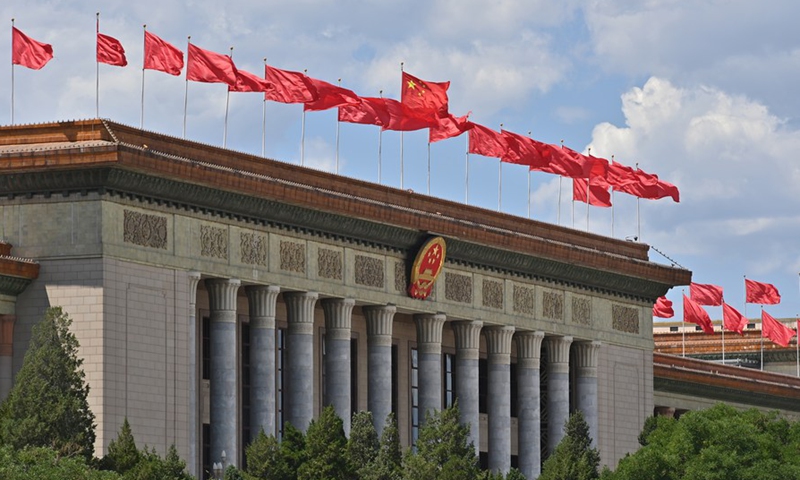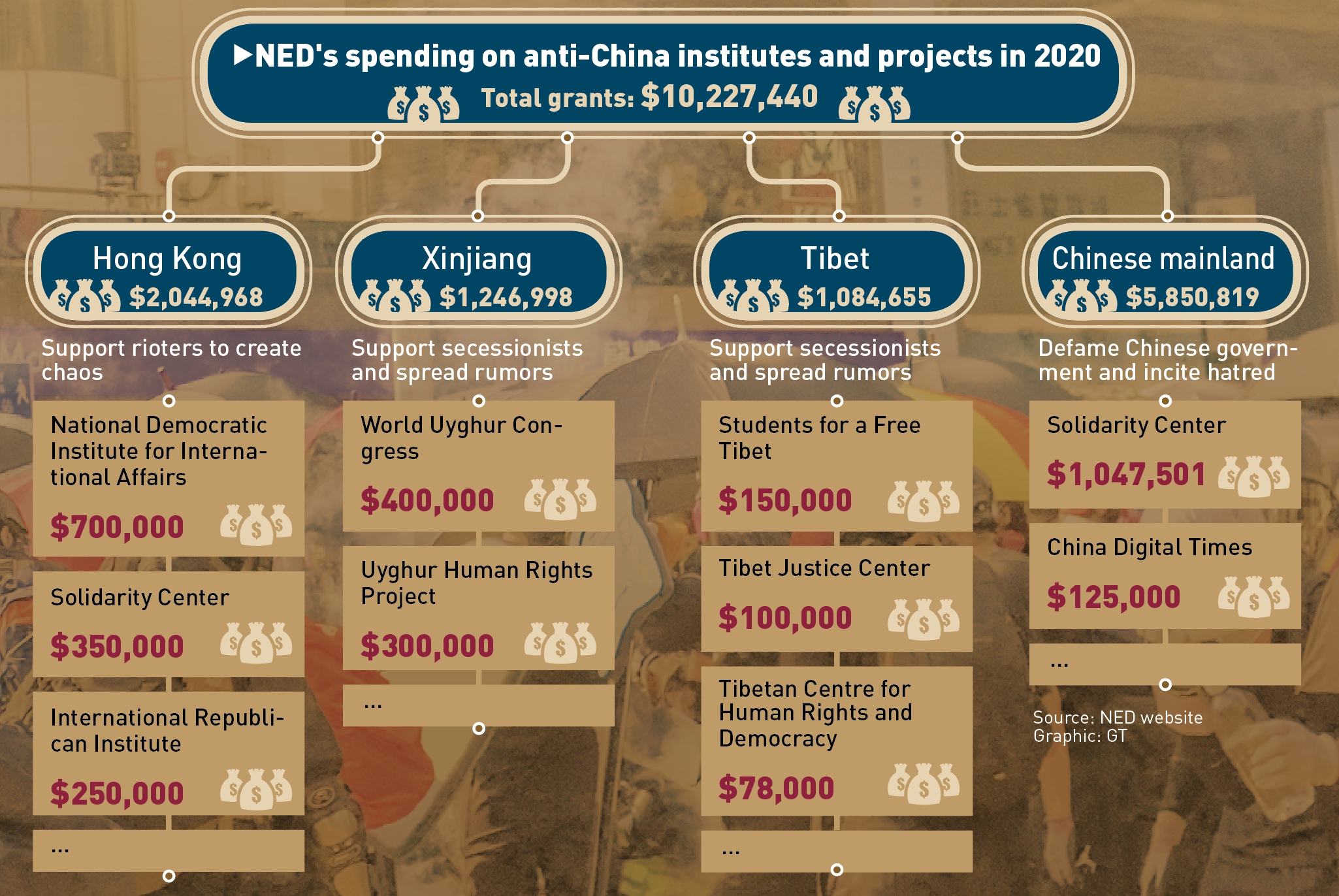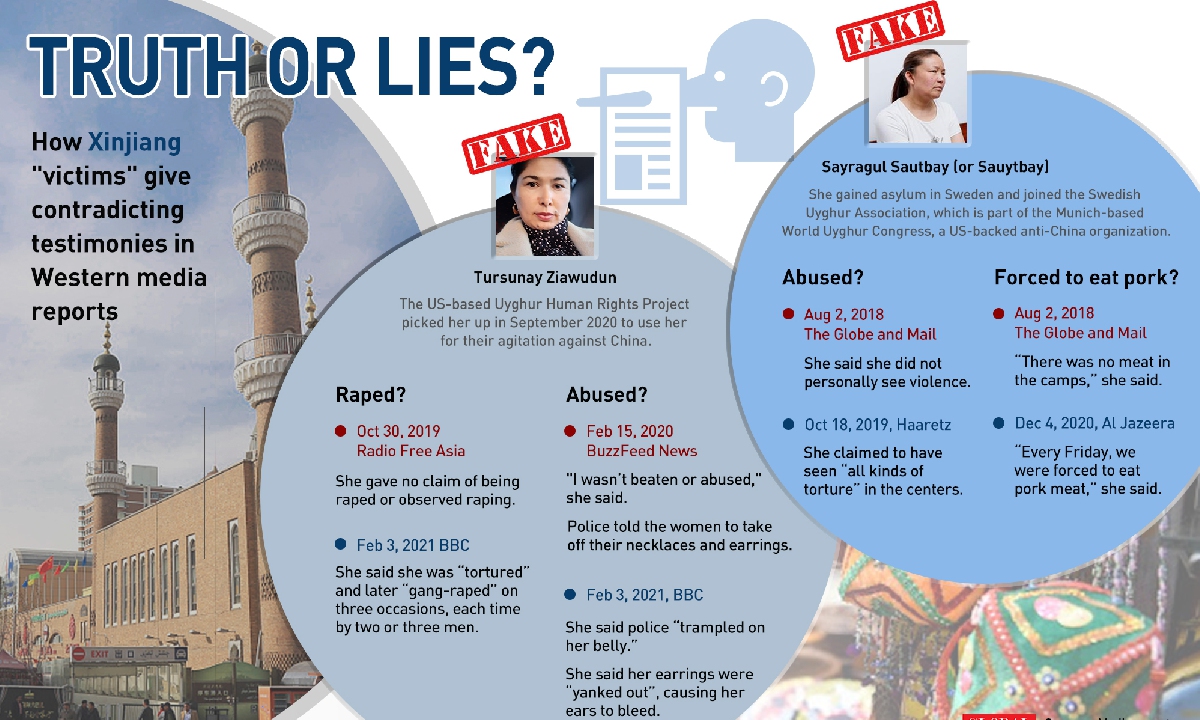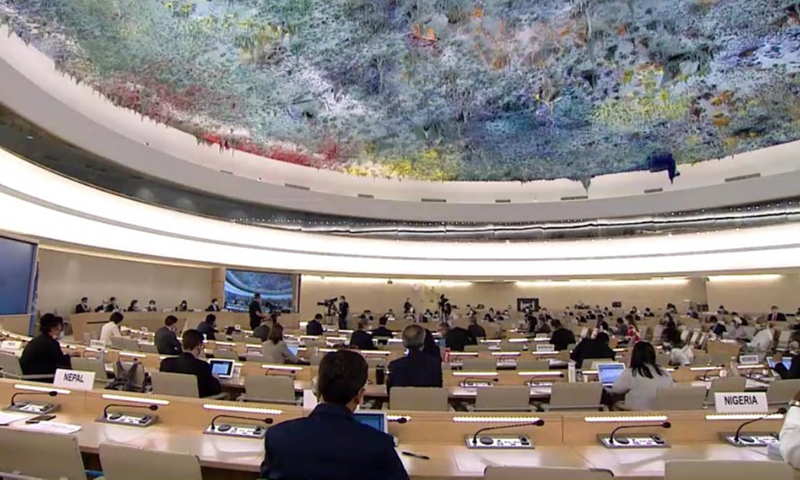Beijing's 14th five-year economic plan and 2035 goal promise a new era of development for China and the greater wealth for the world.
Momentous meeting: China’s top political advisory body wrapped up its annual session recently. — Xinhua
Review of China's achievements in 2020
US’s intention to destroy China will be a difficult process
https://youtu.be/_3tjcoudjbI
.
.
CHINA’s most important meetings of the year – “Two Sessions” – have unveiled Beijing’s medium- and long-term economic goals and strategies that experts believe will not only boost China’s quality development and modernisation but will also benefit the world, in particular Asean.
As Malaysia is part of the 10-nation Asean, China’s biggest trading partner, it will gain from Beijing’s strategies as long as Putrajaya continues to embrace foreign policies deemed as friendly – or at least non-toxic – towards Beijing.
The “Two Sessions” or Lianghui refers to the annual meetings of the National People’s Congress (NPC) and the Chinese People’s Political Consultative Conference (CPPCC).
The NPC is the Parliament where laws and policies are adopted, while the CPPCC is the top political consultative body comprising the Communist Party of China (CPC) and other interest groups that provide policy input for the NPC.
At the start of the NPC in Beijing on March 5, Premier Li Keqiang, while unveiling the 14th five- year plan (2021-2025), announced that China had set an economic growth target of more than 6% for 2021 – with emphasis on high-quality development, green economy, modernisation and innovation.
The GDP of China, the first country to be hit by and recover from the Covid-19 pandemic, grew by only 2.3% in 2020. Still, China was the only major economy to post growth last year.
Li also announced that China – the world’s second largest economy in the world – wants to double the size of its economy to 202 trillion yuan (RM128 trillion) in 2035, from 102 trillion yuan (RM64.5 trillion) in 2020.
Over the next five years, Beijing will aim to keep unemployment low, strive for 7% annual growth in research and development spending and forge a new development pattern.
China also aims to become an advanced manufacturing powerhouse by 2025. This involves upgrading its manufacturing capabilities in rare earth, robotics, aircraft engines, new energy vehicles, high-end medical equipment and innovative medicine, aviation, high-speed rail and industrial applications of the BeiDou satellite system.
Ultimately, China wants to reduce reliance on foreign technologies and enhance competitiveness against the United States after being trapped in a long and acrimonious US-initiated trade war.
According to a Xinhua commentary, the CPC wants to lay the foundation to transform China into “a great modern socialist country that is prosperous, strong, democratic, culturally advanced, harmonious and beautiful” by the middle of the 21st century.
To double its GDP, China needs to achieve an average annual growth rate of 4.7-5.0% in the next 15 years, according to estimates of economists.
Prof Justin Lin Yifu, a top economist in planning Beijing’s poverty eradication programmes, projects that China will become a high-income nation by 2025.
The dean at the Institute of New Structural Economics of Peking University told Chinese newspaper Global Times that his optimistic prognosis “is based on China’s complete industrial chain, rich industrial range and advantages in new technologies, including 5G and artificial intelligence”.
Chen Fengying, a research fellow at the China Institutes of Contemporary International Relations, told Global Times the five-year plan has taken into account risks and challenges, particularly those posed by the US and its allies that try to contain China’s rise and technology advancement.
Despite challenges ahead, Beijing has demonstrated that it is capable of achieving targets. A good example is shown in the eradication of extreme poverty in 2020, achieved on the back of economic disruption induced by Covid-19.
While China’s economic strategies aim primarily at developing domestic growth, they are seen as benefiting investors and foreign nations.
“Given the size of the Chinese economy and the important role it plays in the global economy, the 14th Plan also offers a bright spot for the global economy in this difficult time, ” Bai Ming, deputy director of the International Market Research Institute, told Global Times.
Indeed, China has contributed about 30% in global economic growth on average over the past 20 years. Within the next five to 10 years, China is expected to contribute 25-30% to global economic growth, says Gobal Times.
Christina Zhu, an economist at Moody’s Analytics, notes that Beijing plans to increase spending on fundamental research by 10.6% this year and encourages manufacturers to invest in research and development by offering greater tax benefits.
“China will further open up its domestic market to foreign businesses and investors. It has lifted restrictions in areas such as high-end manufacturing, new energy and service industries, and has committed to trimming down the negative list and providing a level playing field for foreign enterprises, ” she writes in a note.
Foreign trade stability and growth in foreign investment are critical to China’s ambition for greater connectivity with the world economy, she adds in the note also issued to Sunday Star.
Judging from what China’s Foreign Minister Wang Yi has said, Malaysia and its Asean neighbours can expect to enjoy preferential treatment from China.
Last Sunday, Wang Yi told a press conference: “China is willing to work with Asean to build an even closer community with a shared future and another 30 years of even greater cooperation.
“In the new development stage, China is like an express train with greater driving force and load capacity. China welcomes all countries to get on board and move towards a future of shared prosperity.”
Locally, the Associated Chinese Chamber of Commerce and Industry of Malaysia (ACCCIM) sees Asean becoming a strong beneficiary of Beijing’s economic plan and goals.
“With China regaining its strong growth momentum in 2021, its economic strategies will help to support Malaysia and Asean’s economic recovery from the pandemic, ” says Tan Sri Ter Leong Yap, president of ACCCIM.
The trade group sees China as intensifying external connectivity via the Belt and Road Initiative (BRI) of President Xi Jinping to accelerate China’s involvement in international trade.
Touching on Malaysia, ACCCIM notes that China has become Malaysia’s largest trading partner for the 12th consecutive year in 2020, with total trade valued at RM329.8bil or 18.6% of Malaysia’s total trade. Exports to China accounted for 16.2% while imports from China stood at 21.5%.
In 2020, China’s investment in Malaysia jumped 43.8% to RM5.8bil to become Malaysia’s sixth largest foreign investor.
“China’s long-term sustainable economic growth and greater emphasis on quality and technology-driven investment will open up more trade and investment cooperation in the areas that can help Malaysia’s industrial development.
“China’s signature BRI can continue to be a catalyst to spur more China investment to Malaysia and Asean, ” Ter tells Sunday Star.
The growing influence of China on the global stage will boost China-Asean economic cooperation, which can be further cemented by the signing of the 15-member Regional Comprehensive Economic Partnership (RCEP), he adds.
Malaysia’s development focus on IR 4.0, digitalisation, 5-G technology, e-commerce, green investment, renewable energy, electric cars and smart transport infrastructure also means that both nations can work together to foster win-win deals.
Ter opines: “Malaysia can learn a lot from China in high technology, digitalisation, agri-tech and the building of smart and eco-industrial parks.
“We hope that the Prime Minister’s planned visit to China could further strengthen bilateral relations, taking it to a new level of win-win partnership. Both countries have come a long way in deepening trade and investment flows, enhanced connectivity and people-people exchange.”
For Prof Datuk Dr Chin Yew Sin, China’s BRI strategy under its 14th five-year plan could help Beijing achieve its economic targets.
“Between 2013 and 2019, China had signed with 138 counties, including Asean countries, for a total of 790 BRI projects. These overseas BRI projects undertaken by China will help spur the economic growth rate of China by about one per cent annually.
“The BRI projects implemented in Malaysia and other Asean countries will enhance the economic growth rates of these countries also, ” says Dr Chin, adviser for the Global One Belt One Road Association (Asia Pacific Region).
Dr Chin believes China’s demand for Asean’s natural produces and manufactured products will be even greater when it overtakes the US to become the largest economy in the world before 2035.
“By then, Malaysia will be able to export more of its electrical and electronic products, palm oil, rubber, oil and gas, timber products and others to China due to a higher demand of these goods.
“In addition, Malaysia will be able to attract more direct investments from China because of its long-standing good relationship with China, ” he adds.
Malaysia was the first Asean country to establish diplomatic ties with China in 1974 and Beijing has never failed to repeat its gratitude to Malaysian leaders at meetings, Dr Chin notes.
Datuk Keith Li, a mainland Chinese business leader in Malaysia, shares the views of his Malaysian counterparts.
“China will definitely focus more on the Asean market since the bloc is China’s biggest trading partner amid the pandemic. Moreover, China’s current ties with the US, Europe and Australia are tense, ” says Li, president of the China Entrepreneurs’ Association in Malaysia.
He adds: “There will be more to be done when the RCEP is implemented. China is expected to help Malaysia build a high-speed railway, an essential link with other Asean countries” Cambodia, Myanmar, Laos, Thailand and Singapore. This will also facilitate China to enhance economic cooperation with Asean in tourism, trade, logistics and communication.”
Related
China 13th Five-Year Plan 2016-20 Summary, sets ‘pragmatic’ targets through 2035
China designs next 14th Five Year Plan



















